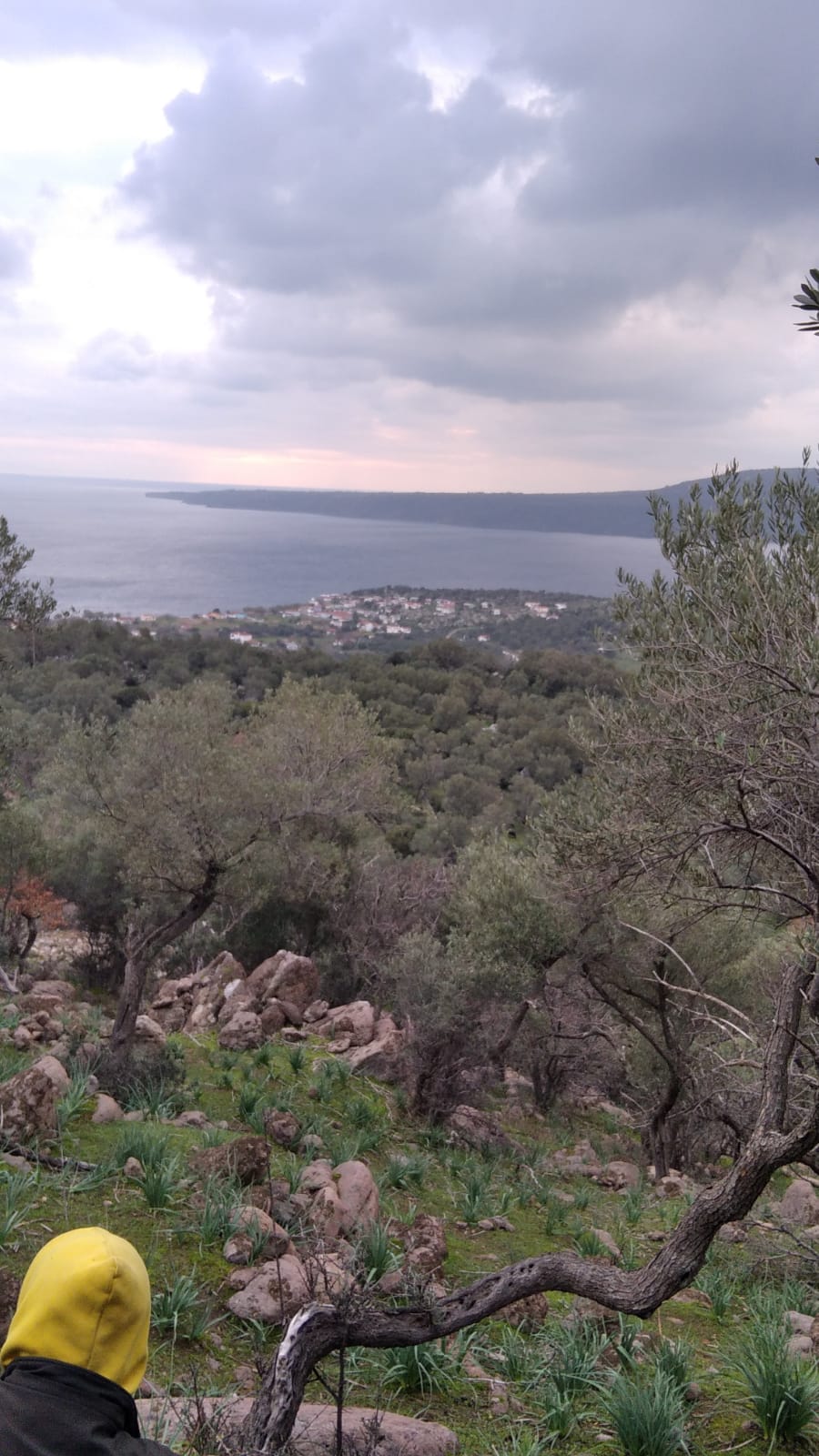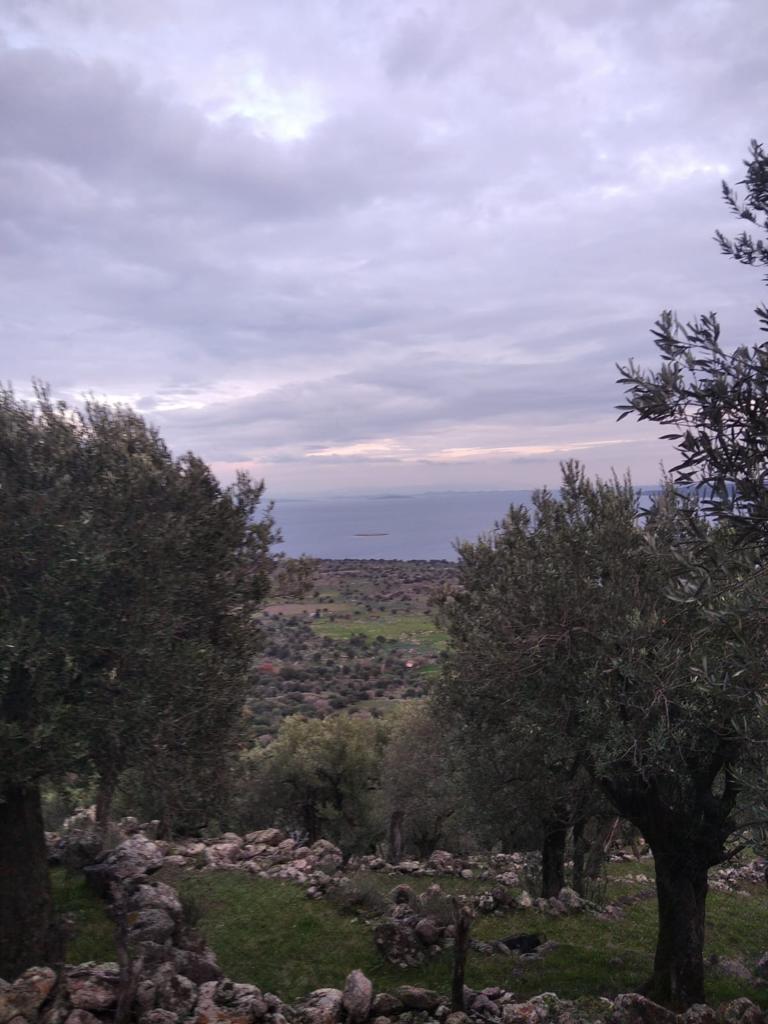Twenty-five people, 17 of them small children, were arrested on Lesvos, beaten and abused before being set adrift on the open sea in the latest outrage carried out by uniformed Greek operatives. And the ‘crime’ committed by these 25 people, to justify their horrifying experience at the hands of people who are paid to save and safeguard human lives? Nothing at all. They were simply attempting to find a safe place to live, learn and work.

In the afternoon of Sunday, 9 January, a boat carrying 25 people landed south of Tsonia, Lesvos north east. Immediately after arriving, the group hid in the woods in the surrounding area, afraid that if found by police, they would be illegally returned to Turkey. At 17.00 they contacted Aegean Boat Report for assistance.



In the following hours they provided pictures, videos, voice messages and location data, to document their presence on Lesvos: there was no doubt that they were on the island.




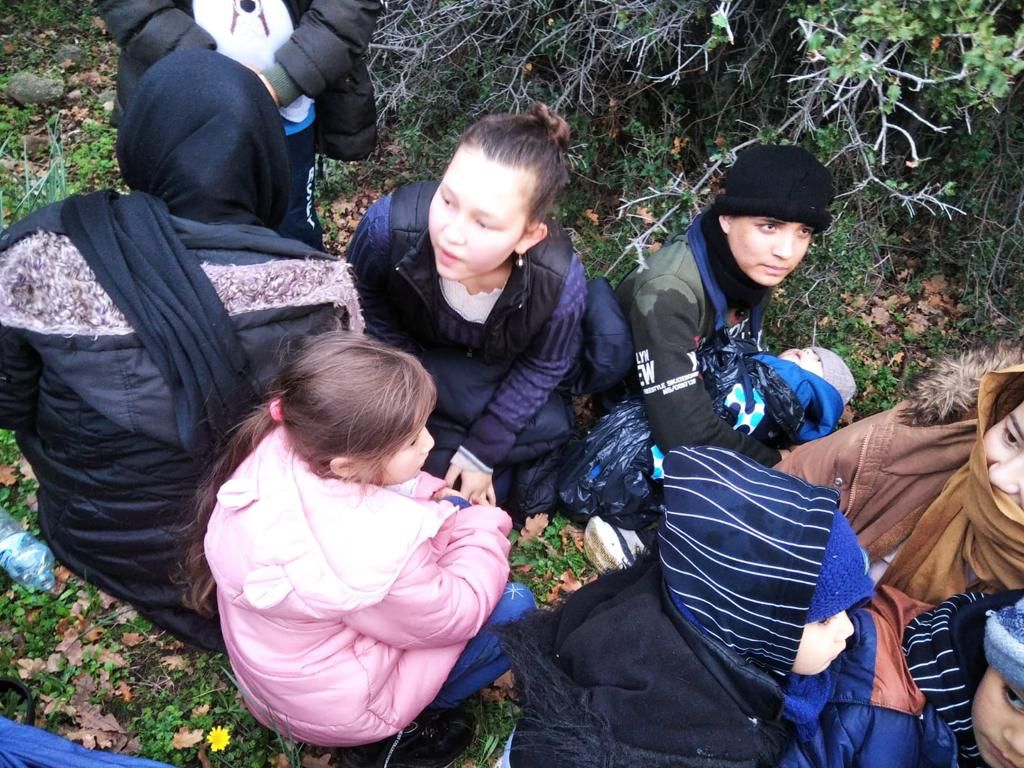



The group desperately needed help, but despite my efforts to find someone, I was not able to locate anyone who could help them on Lesvos. Aegean Boat Report did a public post on social media, with an urgent appeal for help, but no organization came forward, nobody could protect any of these people, not even the 17 children.


There are many organizations who are eager to criticize when people are drowning in the Aegean Sea, pointing fingers towards those responsible. But when they have a chance to intervene, before people are put in potentially life-threatening situations, they say and do nothing.


Next time people are drowning in the Aegean Sea, these same organizations will again use the opportunity to “show their sympathy” with the victims, because it fits their “humanitarian profile”, it’s financially profitable to seem to be on the side of humanity. The word hypocrisy springs to mind.
But there are reasons as well.
On Lesvos, or any other island for that matter, there is nobody able to help, even if they wanted to, no local organizations, no NGOs, volunteers, journalists or lawyers, who would go to a location to help people who have just arrived, not even to document their presence. Because if they did, and the police found them, they risk arrested on site, charged with facilitating illegal entry to Greece, obstruction of police investigations and whatever other charges they might come up with, this just because they tried to help vulnerable people seeking safety in Europe.
This, unfortunately, is the reality on Europe’s borders. European politicians no longer defend ‘our European values’: those values are gone. They are just words without substance, used in speeches to make it look like they are doing something. They are not.
The group of 25 stayed hiding in the woods all night, waiting for daylight. It was cold, they had no dry clothes, food, or water. This was especially challenging for the many small children.








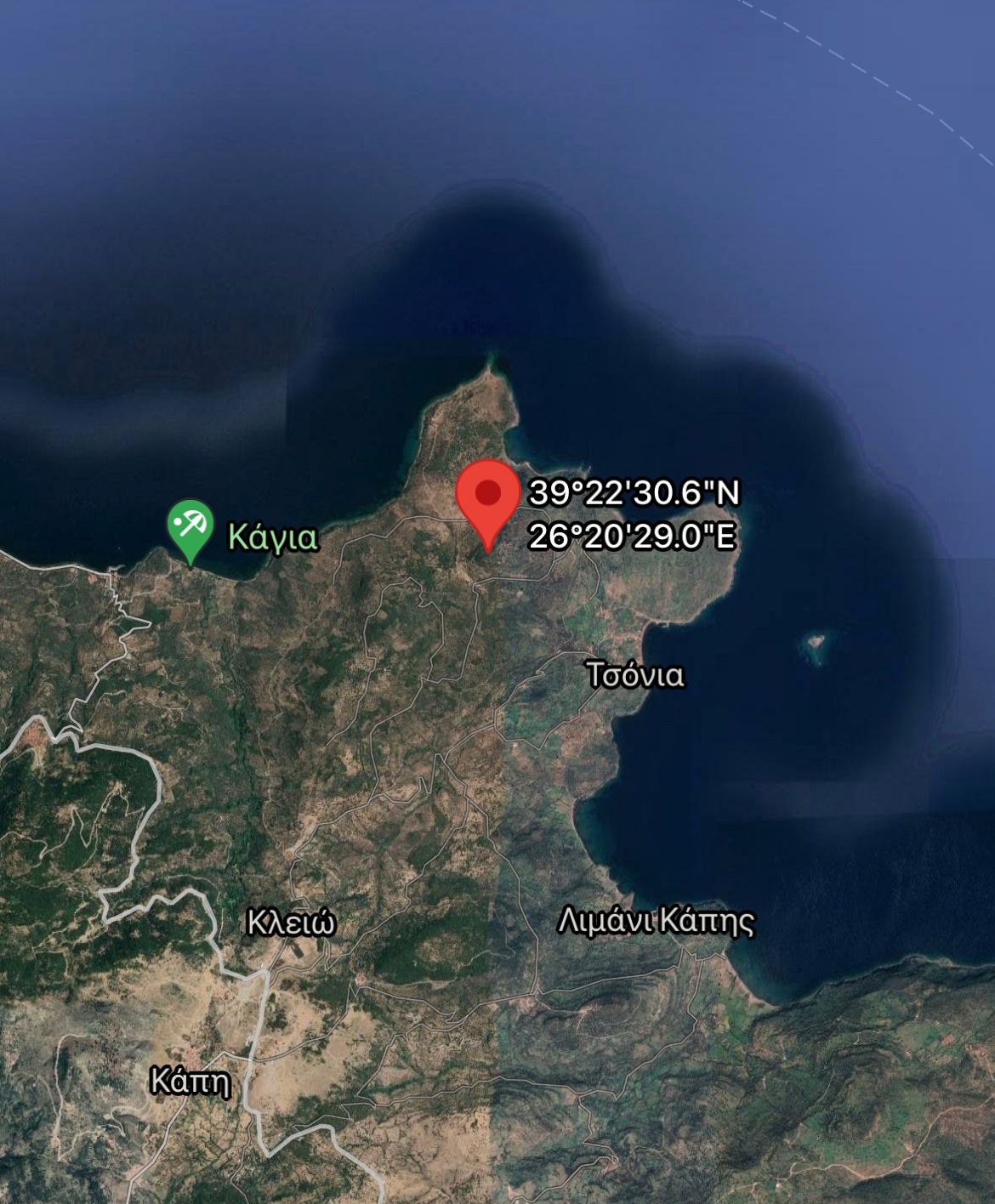
At first light on Monday 10 January, they started moving towards the nearest village, Tsonia, so they would be seen by locals, in the belief that public awareness would prevent the police from pushing them back.
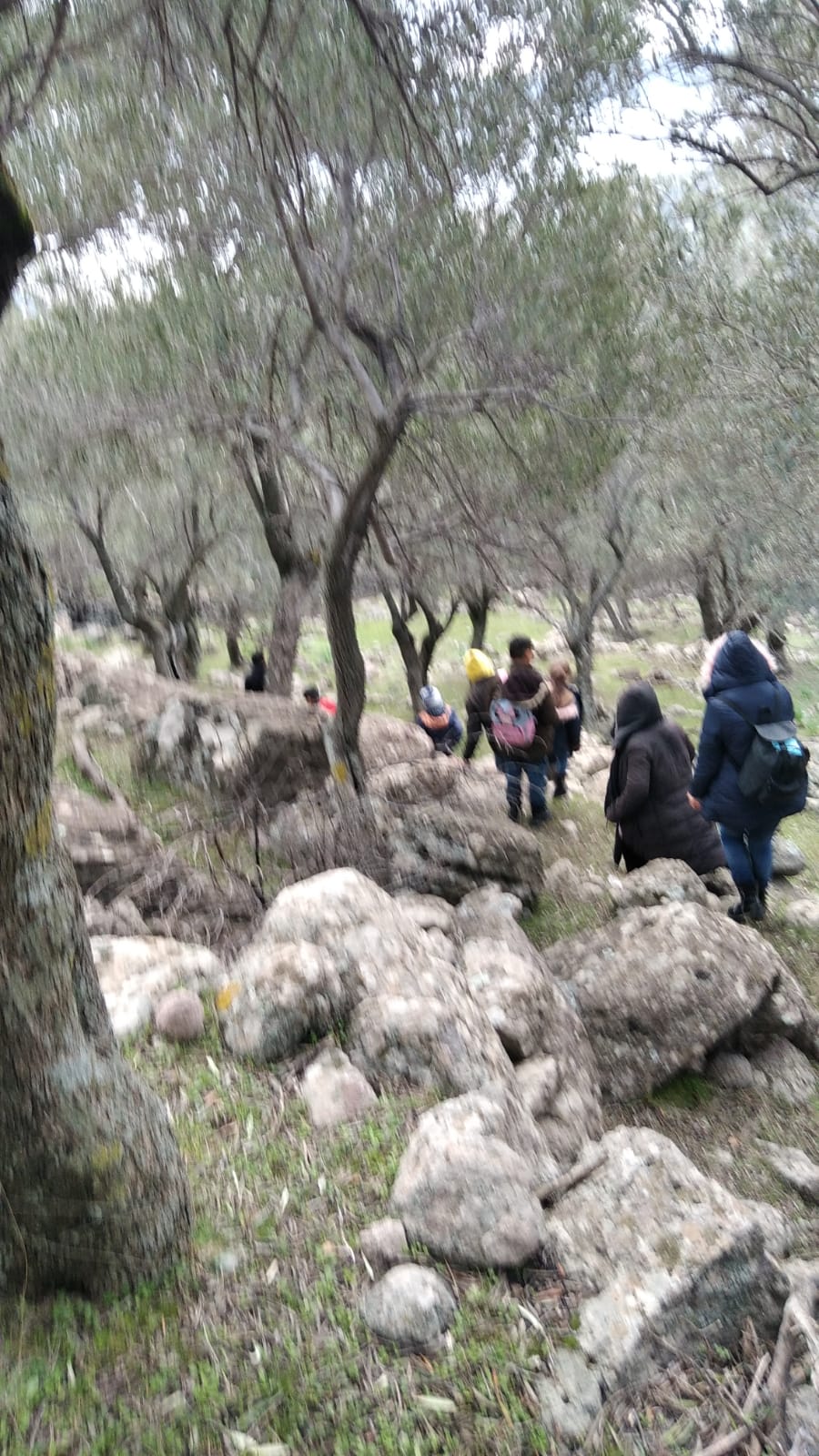


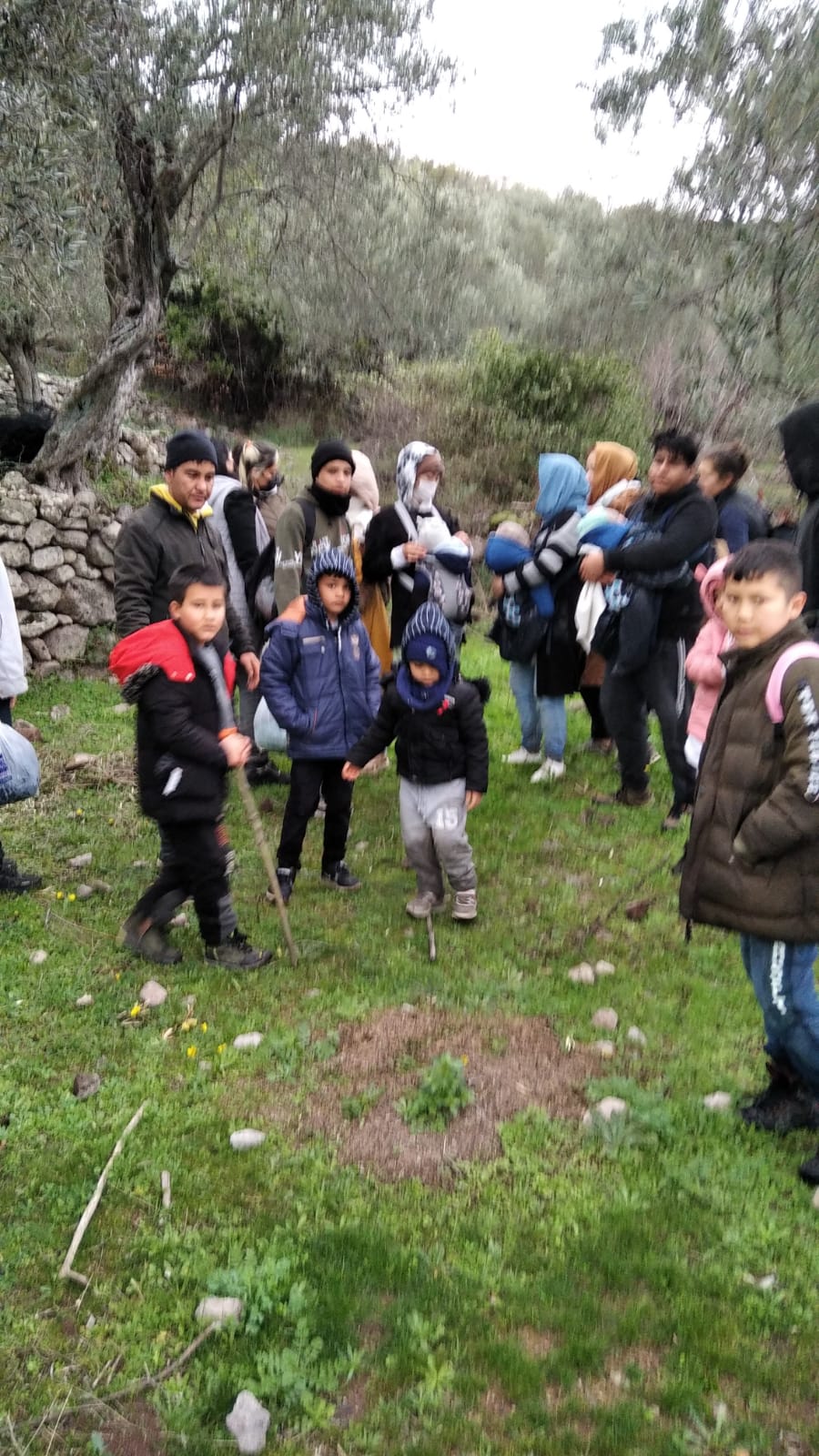


At 08.00 on 10 January, Aegean Boat Report emailed organizations, NGO’s, authorities and the Greek ombudsman, to tell them the group would like to apply for asylum in Greece, and needed international protection. We received no reply. The letter was also published on Facebook and Twitter for public awareness:




“25 refugees arrived in Lesvos yesterday and were announced to the authorities, Greek ombudsman and UNHCR Greece by Aegean Boat Report this morning. We urged UNHCR and the Ombudsman to mediate directly to ensure that their human rights will be respected. 17 of the 25 people in the group are children”.
At 10.20, they arrived in the outskirts of the village, but were too scared to walk further. They saw several cars and local people.


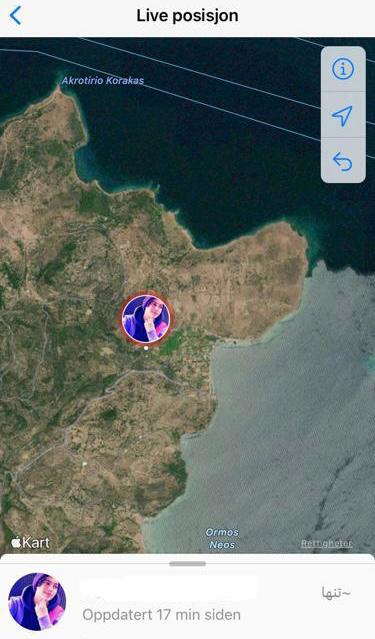


One hour later, at 11.20, they informed Aegean Boat Report that the police had found them. All contact was then lost with the group, all phones went offline, all we could do was wait and hope that they would be taken to a camp. This didn’t happen. No new arrivals were registered by Lesvos’ authorities that day, or in the following days.



We later learned from local residents that police were driving around in the area in civilian cars – a grey minivan with four men in dark uniforms caught their particular attention. This car stopped in the outskirts of the village, and four men stepped out. All were wearing balaclavas, which locals would not use during harvest.
The car was filmed, and we can clearly see the license plate IZH:1548 on its back, as well as a man standing behind it.
The refugees later explained that four men in dark uniforms and balaclavas, all carrying guns, were the ones who had found them. After seeing pictures of the car, they confirmed it was the same one used by the “commandos” who found them.


When the people were found in the outskirts of Tsonia by these “commandos”, some of them tried to run away, one of the refugees said. Four shots were fired to force them back in line. Everyone was very scared, children were crying, it was an horrific ordeal.
People were held at gunpoint in this location for more than an hour. Everyone was searched by force, and all their belongings, bags, papers, money and phones were taken from them.
Locals in the area saw a big white van coming to the area around noon, and later driving away approximately one hour later, with the grey minivan ahead of it. All the refugees they had seen earlier were gone, so they assumed the van had taken them away.

The same white van has been used to transport refugees from several previous landings, and in all these cases people have been forcibly removed from the island, and pushed back to Turkey.
These “civilian” vehicles are known by Lesvos residents to be used by “secret police”, to blend in, but everyone knows the men inside them are military personnel on assignment from the Greek authorities to “hunt” refugees.
In late afternoon on Monday 10 January, Aegean Boat Report received a desperate voice message from one of the people in the group that we had spoken to on Lesvos earlier in the morning.
They had managed to hide one phone from the police on Lesvos, and had just enough power on the phone for an emergency call to the Turkish coast guard, and send a voice message to Aegean Boat Report. No location was received, and the phone was again offline.
We contacted the Turkish Coastguard (TCG) immediately, but without a location there wasn’t much they could do. TCG said they had not found anyone in the area around Lesvos, but they had just received information on a group of people in distress outside Seferihisar.
We discarded the possibility of it being the same group, due to the distance from Lesvos; they wouldn’t transport people over 200km to perform a pushback, we thought.
But after midnight, the Turkish Coastguard informed Aegean Boat Report that they had located and rescued the group we had contacted them about earlier: 25 people had been found drifting in a life raft outside Seferihisar, Turkey, including 17 children.

The Hellenic Coastguard had transported this group over 200km to be able to push them back, which shows the determination of the Greek authorities to remove anyone by any possible means.

So, why didn’t they just push them back outside Lesvos, as they usually do in these cases? The explanation is quite simple, the wind direction at the time was north west, and if they had placed the life raft in the sea it would have drifted back towards Greek waters.

Yesterday, we regained contact with the group, who are are now in a quarantine facility in Seferihisar, Turkey and they explained what really happened to them.

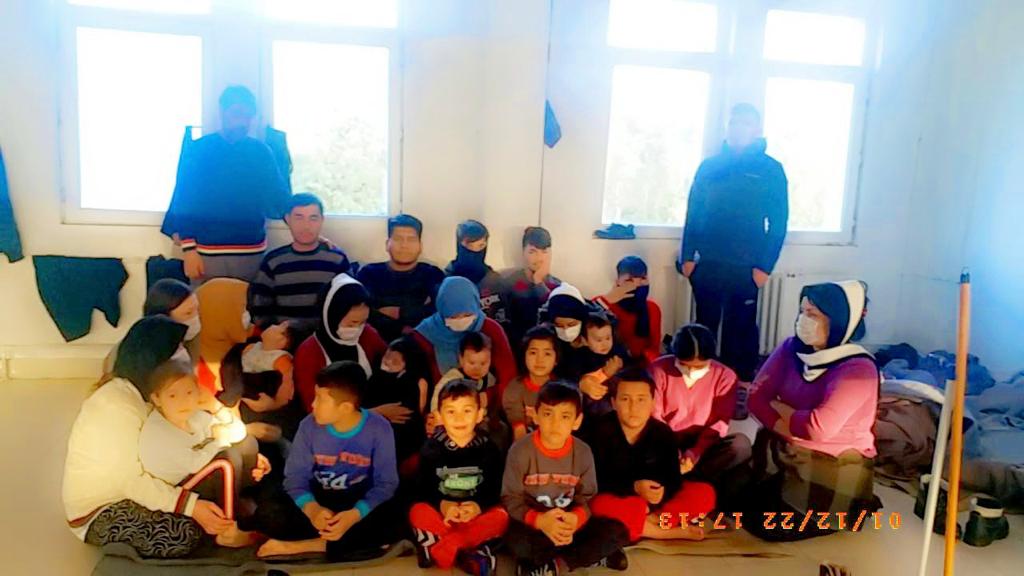
Their experience is just horrific.
The police found them in the outskirts of the village, where they were searched, and all their belongings were confiscated.
After an hour a white van arrived and everyone was forced into the back: “They treated us like garbage”, a woman told us. “They kicked and beat us, even some of the children got beaten”.
It was difficult to be sure, but they believe the car was driving for more than an hour. When it finally stopped, they were at some kind of harbour, where a small grey boat with two engines was waiting at a wooden pier.
When they came out of the van there were 10-15 masked men, all in dark uniforms, carrying guns. People were ordered to look down and stay quiet, and there was a lot of shouting. The children were crying, terrified of the masked men. The two-engined grey RIB took people out to a larger vessel in small groups. In the RIB, there were three masked men with guns.

The larger vessel was grey, with blue and white stripes in the front. After looking at pictures of vessels from the Hellenic Coastguard (HCG), they identified the boat as Sa’ar 4 class offshore patrol vessel belonging to the Hellenic Coastguard.


Everyone was placed outside in the middle of the boat they explained: “They put us under a white plastic tarpaulin, so that nobody could see us, and told us they would take us to Athens”.
This was of course a lie, but people wanted desperately to believe that it was true.
After 7-8 hours, the boat it stopped. It was dark outside and quite windy, and the HCG vessel was moved back and forth by the waves. A strange boat was put into the sea, they said: “Everyone was forced down in this boat, the boat had no engine, those who refused or didn’t move quickly enough was thrown down into the boat”.
Twenty-five people, 17 of them children, were forced into a life rafts by the Greek coast guard.

A woman explained that a small baby ended up in the sea: “The Greek police threw the baby down from the Greek ship, but missed the life raft, luckily we managed to get the baby back in the raft. Another girl was pushed down from the Greek ship, and broke her foot, it was barbaric, they enjoyed it, as if we were not humans.”
Around 22.00 on 10 January the group was left drifting in a life raft outside Seferihisar by the Hellenic coast guard. They managed to call for help, and one hour later, at 23.15, they were found and rescued by the Turkish Coastguard.

When they arrived in port in Seferihisar, two babies and a 13-year-old girl, Harir, were taken to hospital. The babies had respiratory problems, vomiting and fever, and Harir had a broken foot after being thrown from the Greek Coastguard vessel.
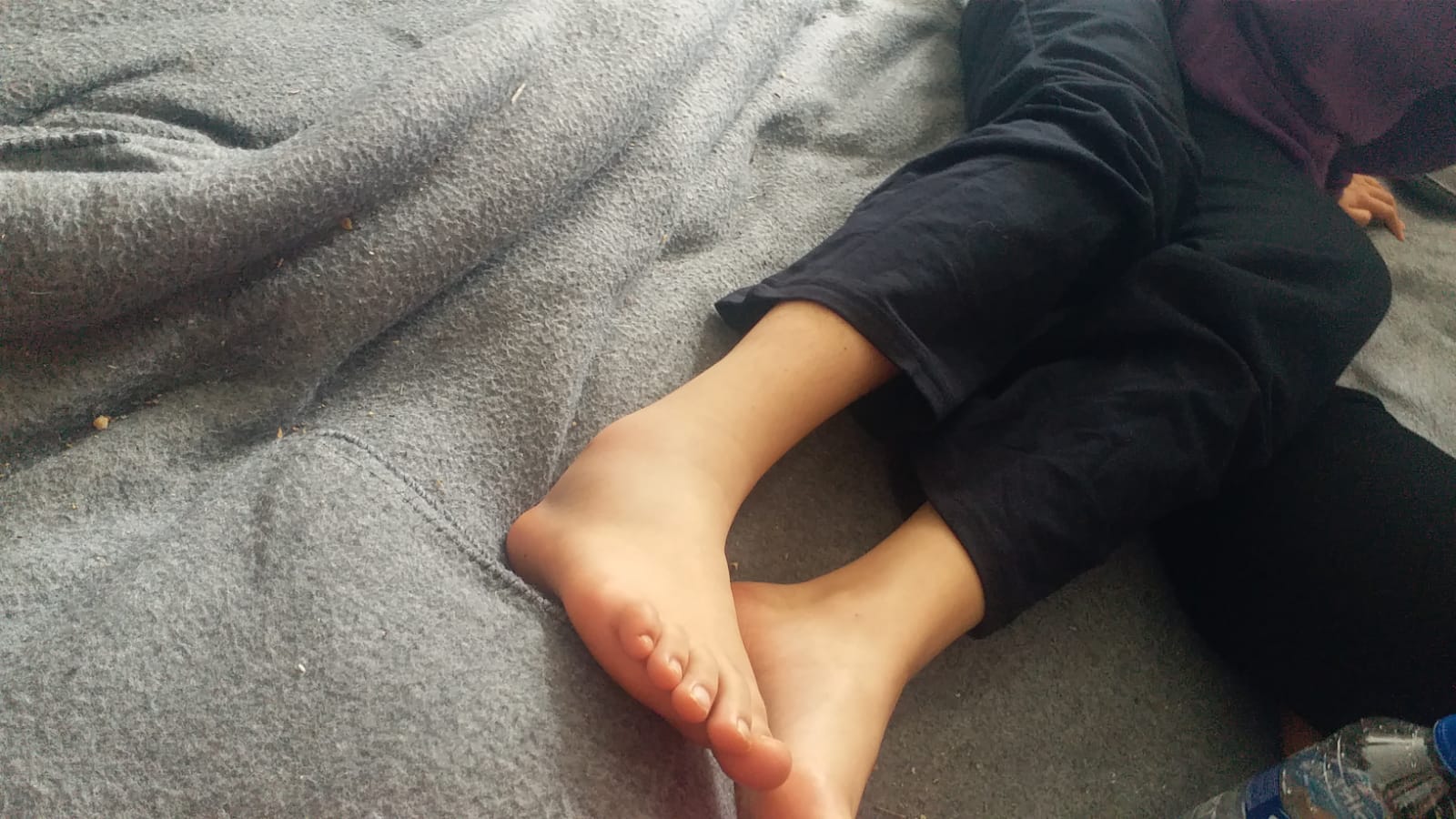
Several of the others had bruises and wounds. A boy aged 16 was beaten in his face, cut over his eyes and mouth, another had bruises all over his back after being beaten. A little girl showed her arm, full of bruises after being trampled by one of the masked men onboard the Greek Coastguard vessel.





After hearing their testimonies, seeing the pictures and videos, I can’t help feeling ashamed.
How can we explain this to anyone, when we do nothing to stop it: we let it happen.
There is absolutely no doubt who is responsible for these illegal pushbacks, and no doubt that the EU Commission and its representatives don’t and won’t lift a finger to try to stop these violations.
It’s an embarrassment, not only for the EU Commission, but for the whole of Europe.
This has been going on for more than 22 months. More than 25.000 people have been illegally pushed back in the Aegean Sea, 485 life rafts found drifting carrying 8,400 people, all at the hands of the Greek government, blessed and backed by the EU Commission.
These are violations of international law and human rights financed by EU taxpayers.
The EU Commissioner for Home Affairs, Ylva Johansson, once said, “Pushbacks should never be normalised, pushbacks should never be legalized.”
But pushbacks are normalized, and happen every day in Greece, Italy, Spain, Bulgaria, Romania, Hungary, Slovakia, Poland, actually the whole Balkan route and the EU`s external border. It is illegal. It is immoral. It is barbarism, and we – the people of Greece, the people of Europe, and the people of the world, deserve much, much better.




